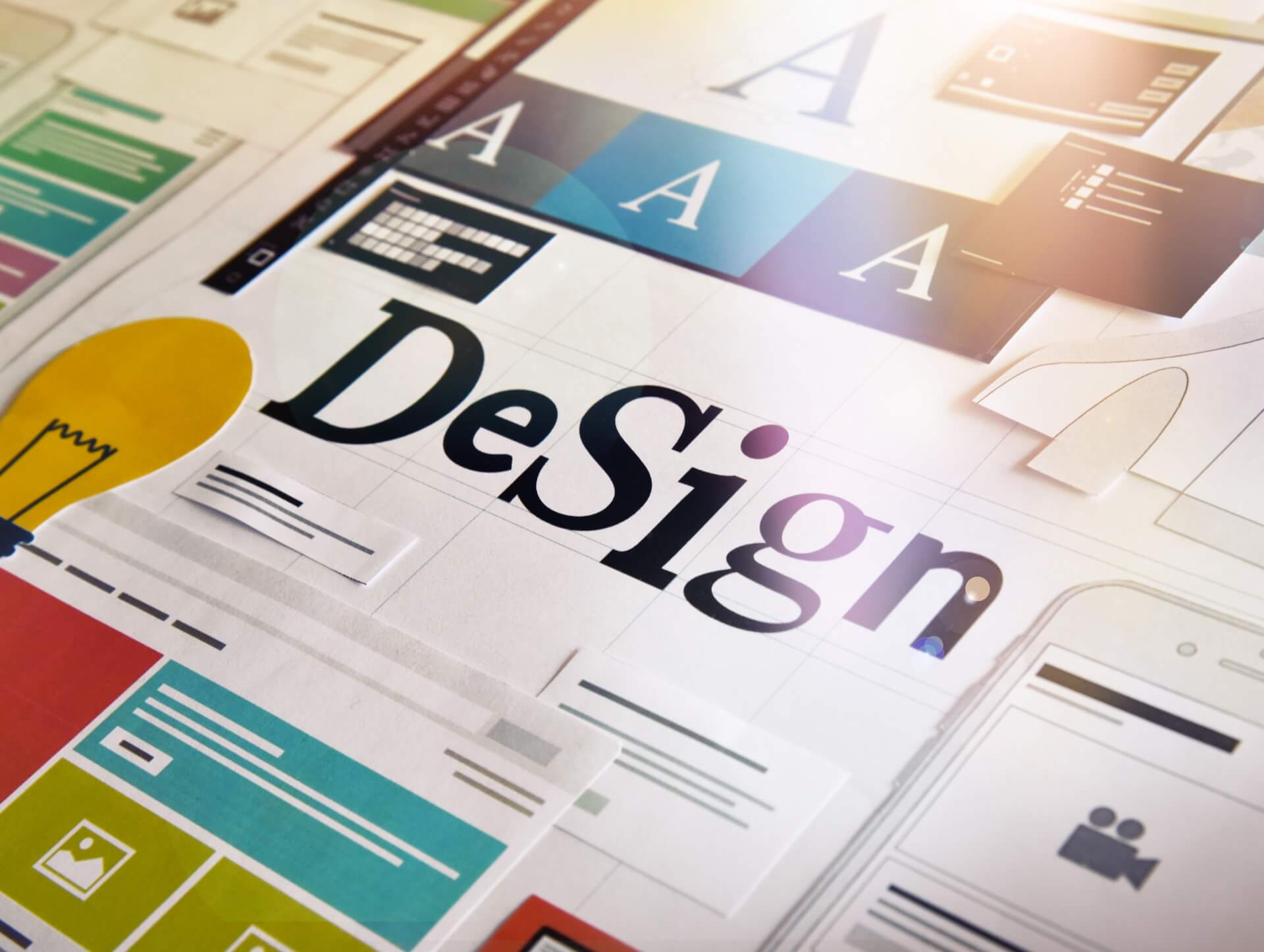The benefits of design storytelling in design collaboration

06/09/2023
In the world of graphic design and brand identity, collaboration is key. Designers work closely with clients and other team members to create custom designs that visually represent the brand and its values. However, collaboration goes beyond just exchanging ideas and feedback. Design storytelling is an effective tool that can enhance the design collaboration process and lead to better outcomes. In this article, we will explore the benefits of design storytelling in design collaboration and how it can contribute to the success of a project.
Enhancing Communication and Understanding
Design storytelling involves using visual elements to tell a story and convey a message. By incorporating storytelling into the design collaboration process, designers can effectively communicate their ideas and concepts to clients and team members. Visual solutions can often be more powerful than words alone, allowing everyone involved to better understand and visualize the design direction.
Instead of presenting clients with a static design, designers can create a narrative that explains the thought process behind the design choices. This helps clients to connect with the design on a deeper level and understand how it aligns with their brand values and goals. It also allows designers to explain the reasoning behind their decisions, reducing the chances of misinterpretation or confusion.
Furthermore, design storytelling enables better collaboration among team members. By presenting a narrative, designers can effectively communicate their ideas to other team members, such as copywriters, marketers, and developers. This collaborative approach ensures that everyone is on the same page and working towards a unified vision.
Building Brand Consistency and Identity
One of the primary goals of graphic design is to create a strong and consistent brand identity. Design storytelling can play a crucial role in achieving this goal. By using storytelling techniques, designers can create designs that are not only visually appealing but also align with the brand's values, personality, and message.
Through design storytelling, designers can create a visual narrative that reflects the brand's story and journey. This helps in building brand consistency across different platforms and touchpoints. Whether it's a website, social media posts, or print materials, the design elements can tell a cohesive story that strengthens the brand identity.
Moreover, design storytelling allows for the tailoring of visual identities. Each brand is unique, and design storytelling enables designers to create custom designs that are tailored to the brand's specific needs and goals. By understanding the brand's story, designers can create designs that resonate with the target audience and leave a lasting impression.
Fostering Creative Collaboration
Creative collaboration is essential for the success of any design project. Design storytelling provides a platform for designers and clients to collaborate and contribute their ideas and insights. By involving clients in the storytelling process, designers can gain valuable input and feedback, ensuring that the final design meets the client's expectations.
Design storytelling also encourages clients to become active participants in the design process. Instead of being passive observers, clients can engage with the narrative and provide their input, making them feel more invested in the project. This collaborative approach fosters a sense of ownership and pride in the final design, leading to greater client satisfaction.
Furthermore, design storytelling can also foster collaboration among team members. By presenting a visual narrative, designers can inspire other team members to contribute their ideas and insights. This collaborative approach can lead to innovative solutions and a more holistic design that incorporates different perspectives and expertise.
Providing Ongoing Creative Support
Design storytelling is not limited to the initial stages of a project. It can also be used to provide ongoing creative support and maintenance. By creating a narrative that explains the design choices, designers can ensure that the design is consistently implemented and maintained.
For example, a design narrative can serve as a guide for future design decisions and updates. It helps designers and other team members understand the underlying principles and values of the brand, ensuring that any future design work remains consistent and aligned with the brand identity.
In addition, design storytelling can also be used to educate and empower clients. By sharing the narrative behind the design choices, designers can help clients understand how to use and maintain the design elements effectively. This ongoing support ensures that the design continues to serve its intended purpose and contributes to the success of the brand.
Conclusion
Design storytelling is a powerful tool that can greatly enhance the design collaboration process. It improves communication and understanding, builds brand consistency and identity, fosters creative collaboration, and provides ongoing creative support. By incorporating design storytelling into the design process, designers can create custom designs that resonate with the target audience and effectively communicate the brand's story. Ultimately, design storytelling contributes to the success of a project and helps brands stand out in a competitive market.
Contact us

Spanning 8 cities worldwide and with partners in 100 more, we’re your local yet global agency.
Fancy a coffee, virtual or physical? It’s on us – let’s connect!

